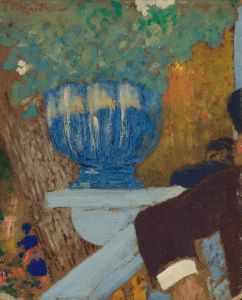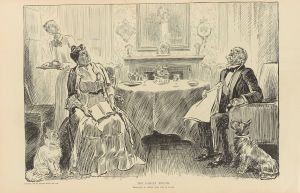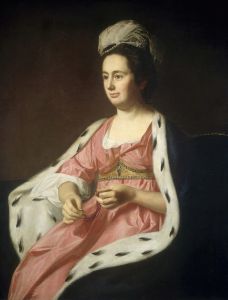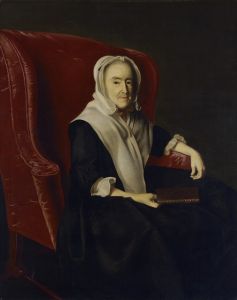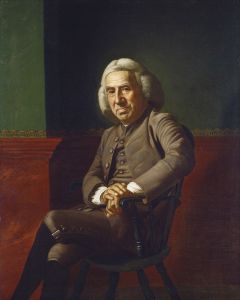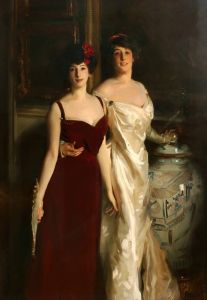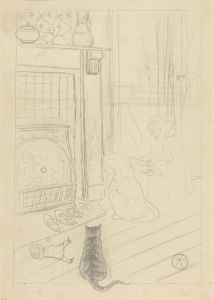
Portrait of Mrs. Paul Richard
A hand-painted replica of John Singleton Copley’s masterpiece Portrait of Mrs. Paul Richard, meticulously crafted by professional artists to capture the true essence of the original. Each piece is created with museum-quality canvas and rare mineral pigments, carefully painted by experienced artists with delicate brushstrokes and rich, layered colors to perfectly recreate the texture of the original artwork. Unlike machine-printed reproductions, this hand-painted version brings the painting to life, infused with the artist’s emotions and skill in every stroke. Whether for personal collection or home decoration, it instantly elevates the artistic atmosphere of any space.
John Singleton Copley, an American painter renowned for his portraits of prominent figures in colonial New England, created the "Portrait of Mrs. Paul Richard" around 1765. This painting exemplifies Copley's meticulous attention to detail and his ability to capture the character and status of his subjects. Copley was born in Boston in 1738 and became one of the most influential artists in America before moving to England in 1774.
The subject of the painting, Mrs. Paul Richard, was a member of the colonial elite, and her portrait reflects the social standing and wealth of her family. The identity of Mrs. Paul Richard is tied to her husband, Paul Richard, a successful merchant in Boston. During this period, portraits were often commissioned to display the affluence and social position of the sitter, and Copley was the artist of choice for many wealthy families in New England.
In the portrait, Mrs. Paul Richard is depicted with a serene and composed expression, indicative of the grace and dignity expected of women of her status. Copley’s technique is evident in the detailed rendering of her clothing and accessories, which are painted with a high degree of realism. The luxurious fabrics and intricate lacework are testament to Copley’s skill in depicting textures and materials. Her attire, likely made of silk, is adorned with lace and ribbons, reflecting the fashion of the time and her family's wealth.
Copley’s use of light and shadow in the painting enhances the three-dimensionality of the figure, a technique he mastered through careful observation and study. The background of the portrait is typically subdued, drawing the viewer’s attention to the subject. This focus on the sitter was a hallmark of Copley’s style, allowing the personality and status of the individual to be the central theme of the work.
The "Portrait of Mrs. Paul Richard" is an example of Copley’s early American work before he moved to England, where he continued to paint and expand his repertoire. His American portraits are particularly valued for their historical significance and their insight into the lives of colonial America’s elite. Copley’s ability to capture the essence of his subjects made him a sought-after portraitist, and his works remain important cultural artifacts from the period.
Today, Copley’s portraits, including the "Portrait of Mrs. Paul Richard," are appreciated not only for their artistic merit but also for their contribution to the understanding of American history and society in the 18th century. His paintings are held in high regard and are part of numerous prestigious collections, including those of major museums and galleries in the United States and abroad.





